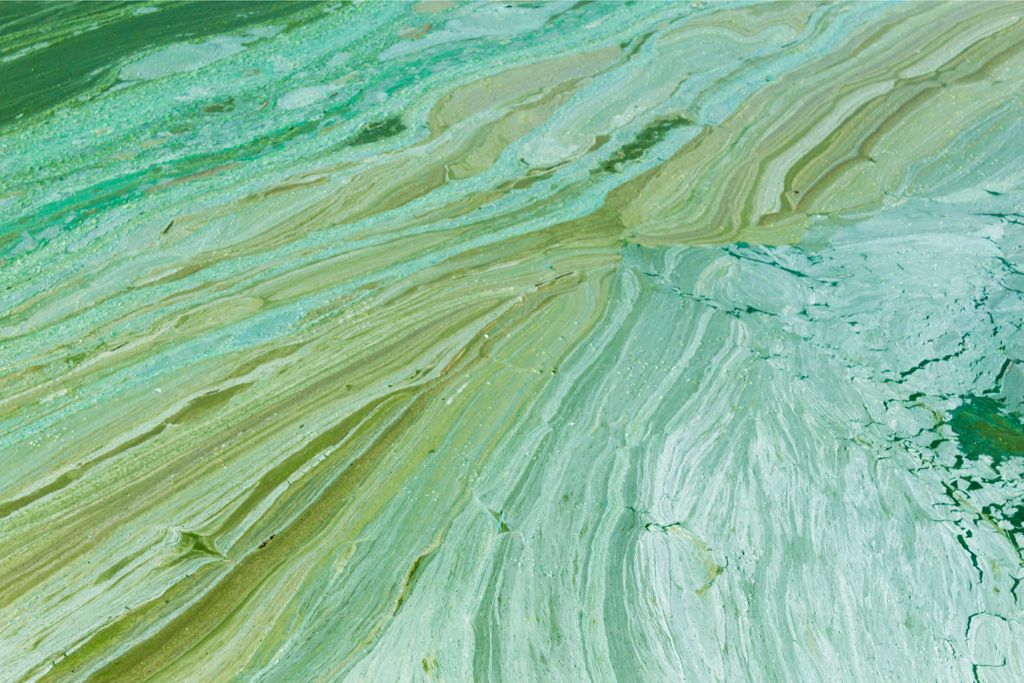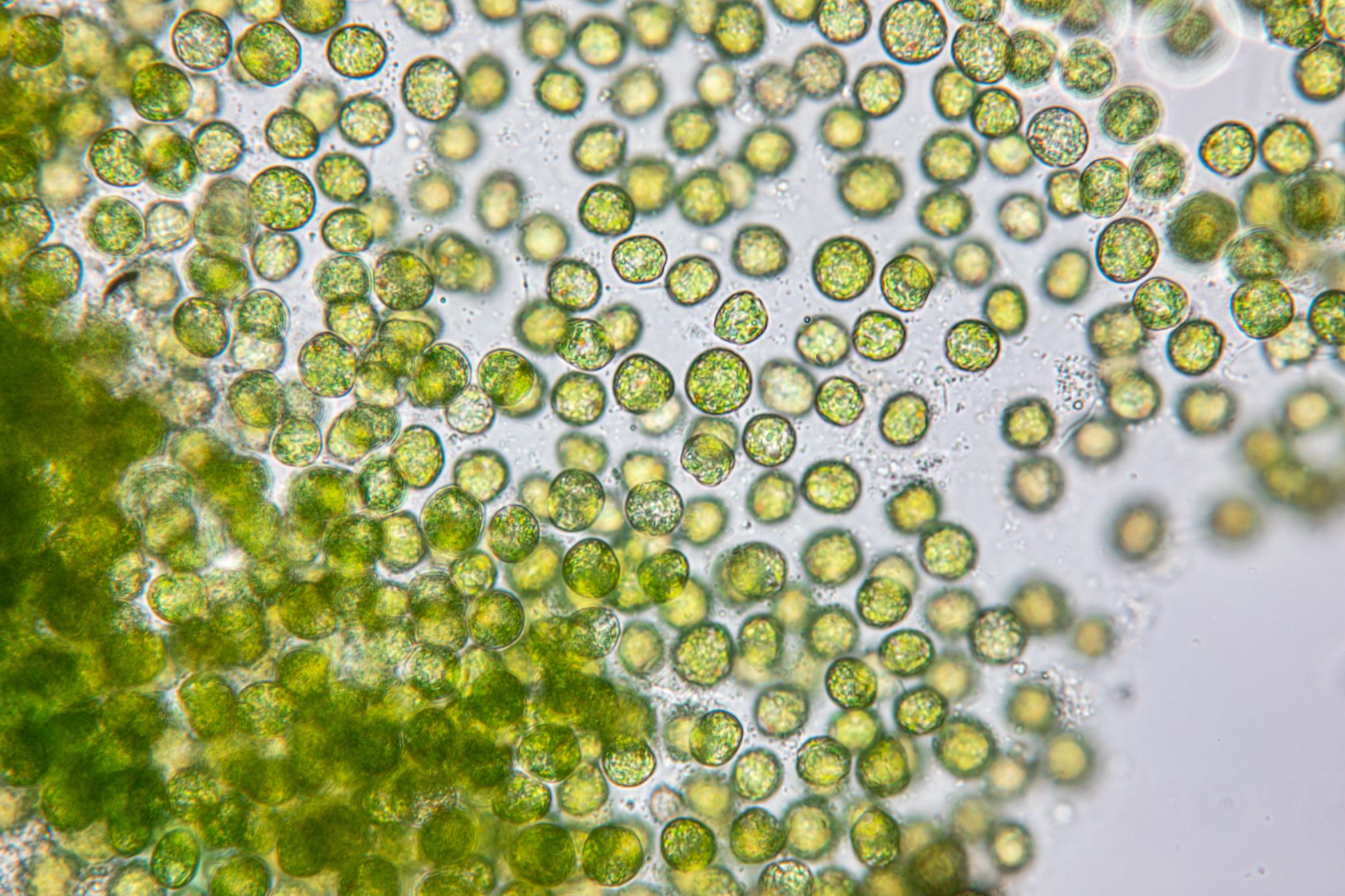Benzene, toluene, ethylbenzene, xylene… Once released into the atmosphere, these aromatic hydrocarbons react to form secondary aerosols. In this figure, they can act on cloud formation… Current climate models take them into account, as does dimethyl sulfide (DMS), a reactive species essential to marine atmospheric chemistry. According to the CLAW hypothesis (according to the initials of its authors), the Earth will be like an organism capable of self-regulating its temperature, in particular with the help of dimethyl sulfide. But BTEX can also be part of the equation. How do ? By being produced by an unexpected source: Phytoplankton! The Sea2Cloud project thus seeks to measure the biological emissions of volatile compounds, in order to assess their impact on the marine atmosphere…
take samples On siteoff New Zealand
In the atmosphere, dimethyl sulfide is oxidized to form sulfuric acid. This is followed by the phenomenon of nucleation, in which particles tend to condense on themselves. The resulting large amount of small particles can cause droplets to appear, causing clouds to form. “Many droplets smaller than those in the absence of these particles can change their properties, making them more reflective,” explains Karen Seligri, research director of the National Center for Scientific Research at the Clermont-Ferrand Laboratory of Physical Meteorology. The radiation coming from the Sun will therefore be sent into space, producing the opposite result of the greenhouse effect, as the atmosphere cools. The same principle applies to BTEX aerosols produced by human activities. And if phytoplankton emit aromatic hydrocarbons, can they affect Earth’s temperature?
Teams of CNRS researchers, in collaboration with Australian and New Zealand colleagues, studied the question. oceanographic deck RV TangaroaFor the first time, researchers have embarked on a charge of intermediate worlds. All these packages contain 1 m3 sea water for a distance of 1 m3 air, allowing the study of the chemical and biological relationships between the two media. A complex analysis performed in the laboratory, the dynamics of the atmosphere and seas are very different! “This time, we were able to conduct various samples in eastern New Zealand, at the junction between subtropical and sub-Antarctic waters,” says Karine Sellegri. Away from the ground, the readings are protected from potential biases due to contamination by local pollution. The teams then correlated their measurements with those obtained during previous campaigns. Result: They noticed a relationship between the presence of BTEX and the presence of phytoplankton…
Phytoplankton, a major factor in the marine atmosphere
To ascertain their values, the scientists searched databases of ancient phytoplankton cultures. no mistake! Until then, emissions of aromatic hydrocarbons from phytoplankton were evident. It remains to be seen what dose is produced in this way. For this, nothing is better than comparing the amount of BTEX in the intermediate universe to the amount of DMS in the atmospheric readings. On site. Finally, the volume of seawater inflows into air is equivalent. Karine Sellegri concludes that “BTEX of biological origin is significant enough to affect atmospheric chemistry on the high seas, far from coasts.” If we follow the CLAW hypothesis, the Earth can therefore rely on a dual system to lower its temperature. On the other hand using a DMS; On the other hand, by expansion of phytoplankton and thus aromatic hydrocarbons.
But the search did not stop there. In fact, “Although it is currently low in the Southern Hemisphere, the ozone concentration is expected to increase significantly in the coming years,” Karen Sligrey recalls. However, when we know that its oxidizing power is the basis for the oxidation of many compounds, and thus its cooling effect, we are entitled to wonder if the same is true of phytoplankton. So the researchers’ experiment was to examine the differences between the control medium – 25 parts per million of ozone – and the enriched medium – 35 parts per million ozone. In the face of this oxidative stress, the phytoplankton began to produce more BTEX, even reaching twice the value measured in the control room! The response is supposed to help regulate the temperature, but could become critical if a rapid process occurs…enough to cool the atmosphere!

“Subtly charming problem solver. Extreme tv enthusiast. Web scholar. Evil beer expert. Music nerd. Food junkie.”


